
Such characterizations, it turns out, are rife-and not just in older, "classic" works that might be explicable as products of their time. They are evident in television and literature modern enough to have fed the brains of people now parenting children of their own.
As a person of Indigenous heritage, a Native American media scholar, and an avid (almost worryingly avid) fan of all things pop culture, I've seen a range of representations of Indigenous people on TV shows and in books. In graduate school, I decided to turn a more academic lens on the situation. I analyzed approximately 60 popular TV shows, films, and books from the early 1990s to 2011-ones that were set in modern times or had contemporary elements, as opposed to works of historical fiction. My goal was to find out what impression the average non-Native consumer would have of today's Native Americans from the media they grew up with.
What I found was a heavy dose of stereotypes, with-perhaps surprisingly-little sign of improvement over the decades. While some of the details changed, the overall picture was a harsh split between "good" and "bad" Indigenous characters. The negatively portrayed Indigenous characters were generally out of touch with their culture; they also often received benefits, operated casinos, were untrustworthy, and were frequently suggested to be "fake" Native Americans (especially in the eastern half of the country, where lineage is more likely to be "mixed"). Meanwhile, the more positively portrayed Indigenous characters were poor, living on reservations, honest, culturally knowledgeable, and often involved in supernatural occurrences.
The implication was that "real" Indigenous people must be impoverished, helpful to outsiders, and totally immersed in traditional Indigenous culture.

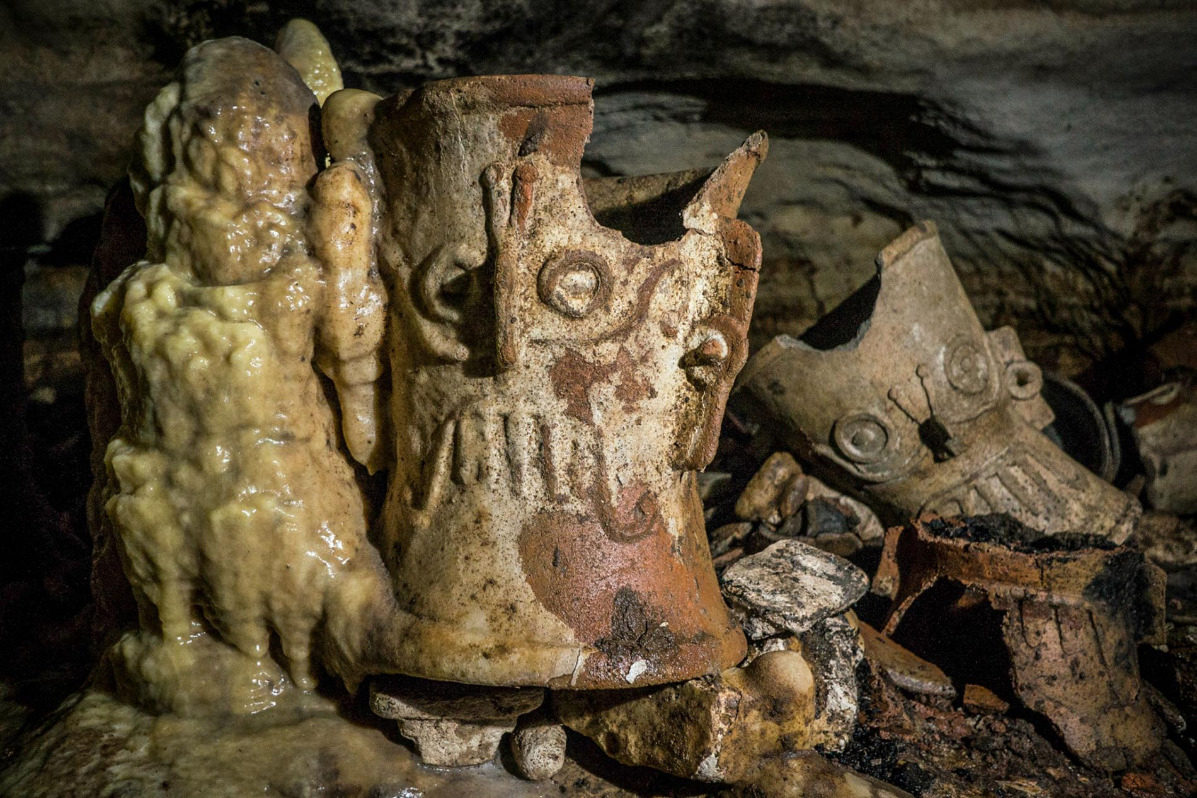
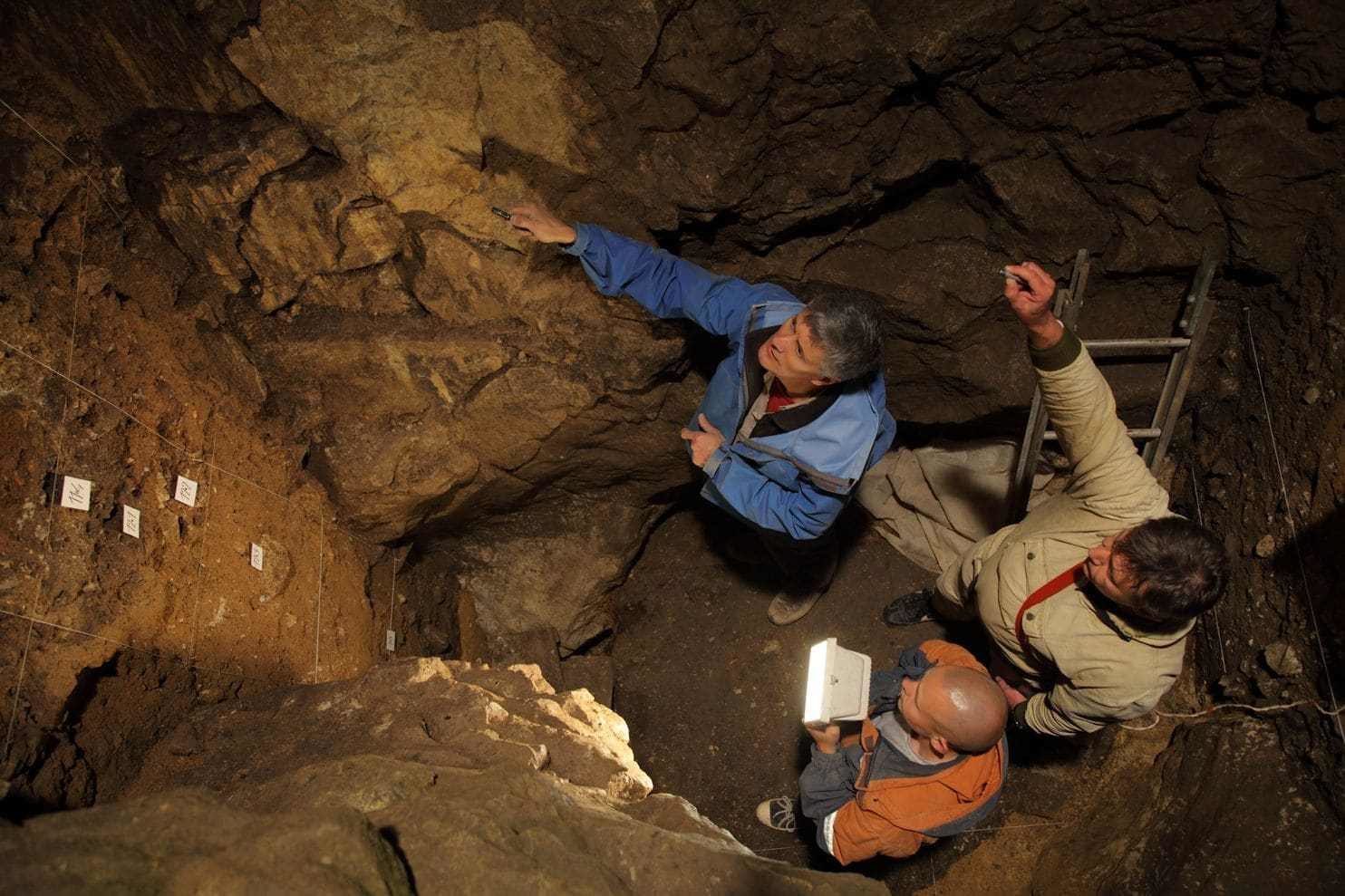
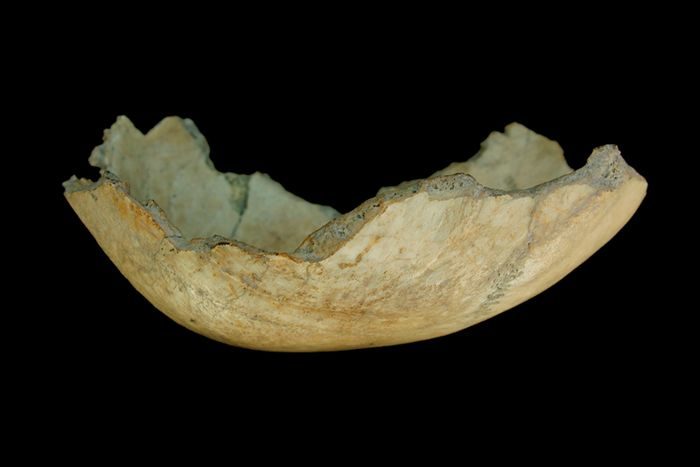




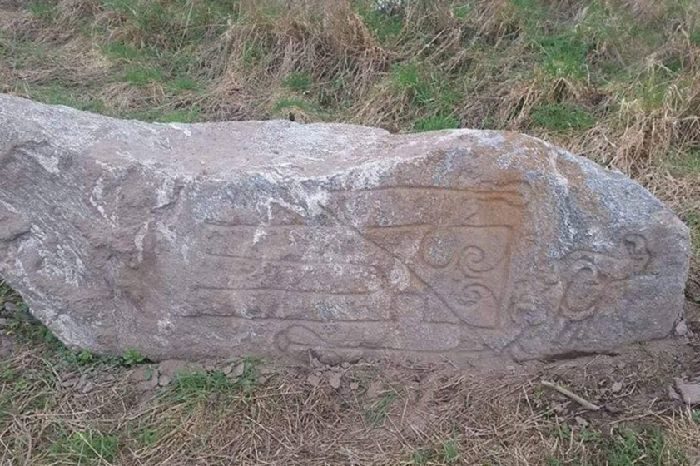
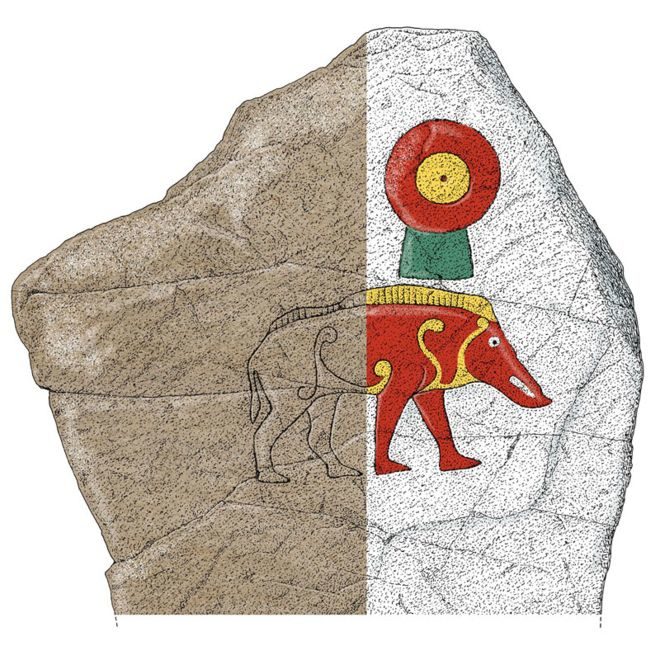
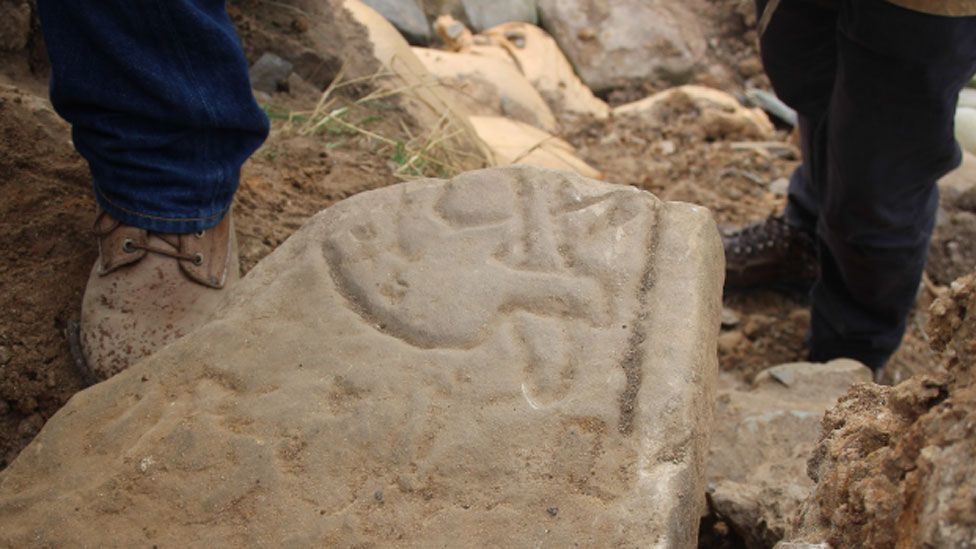
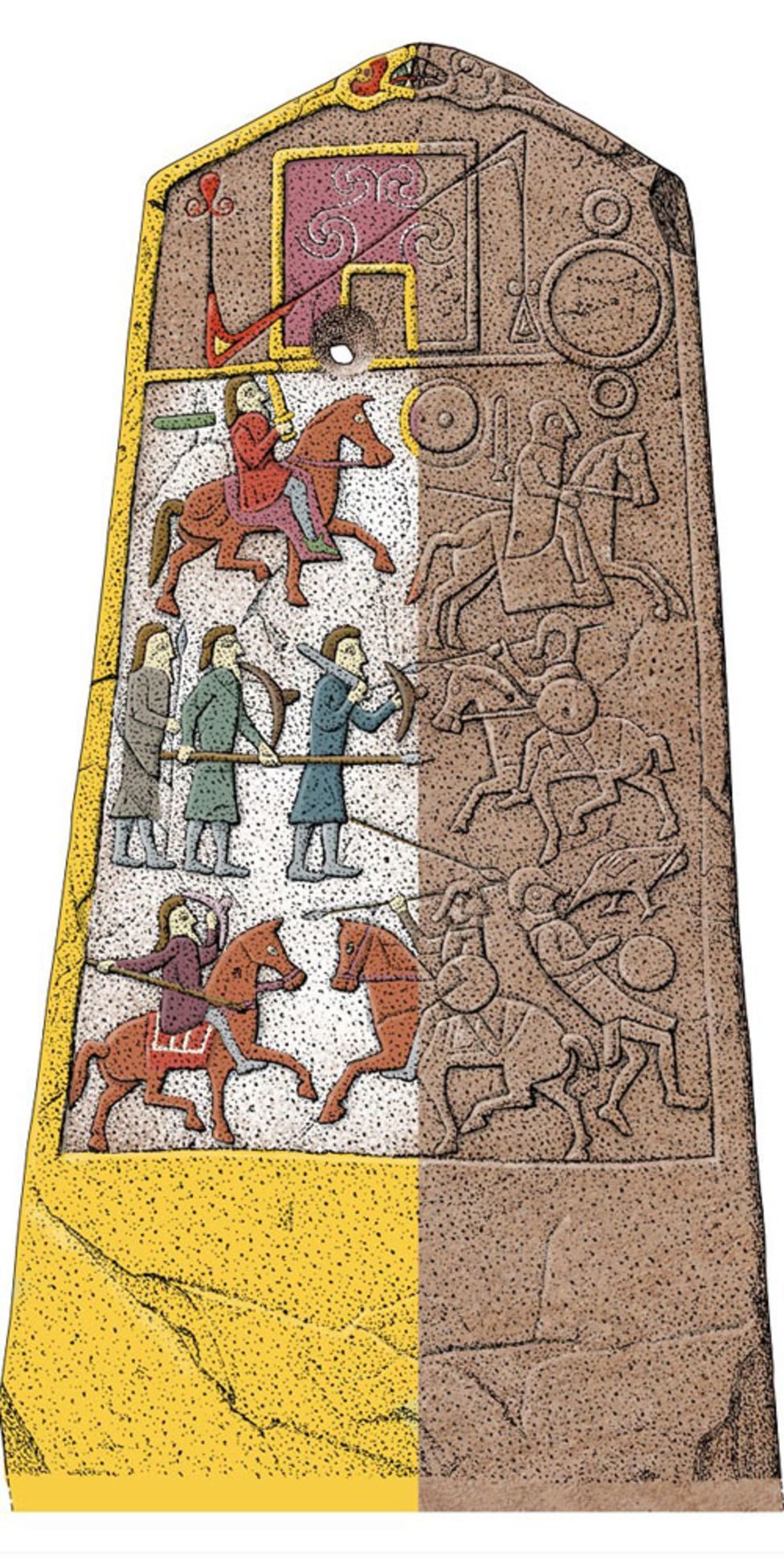
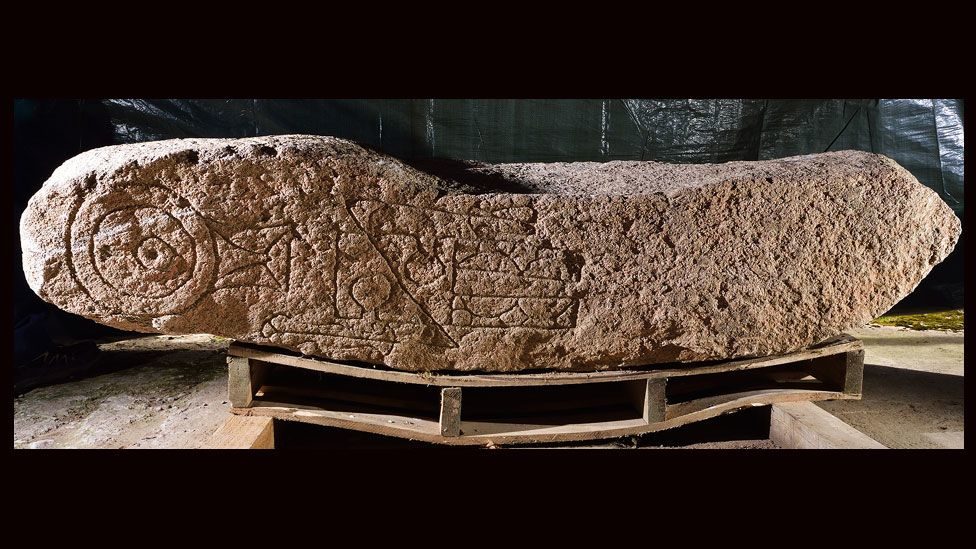
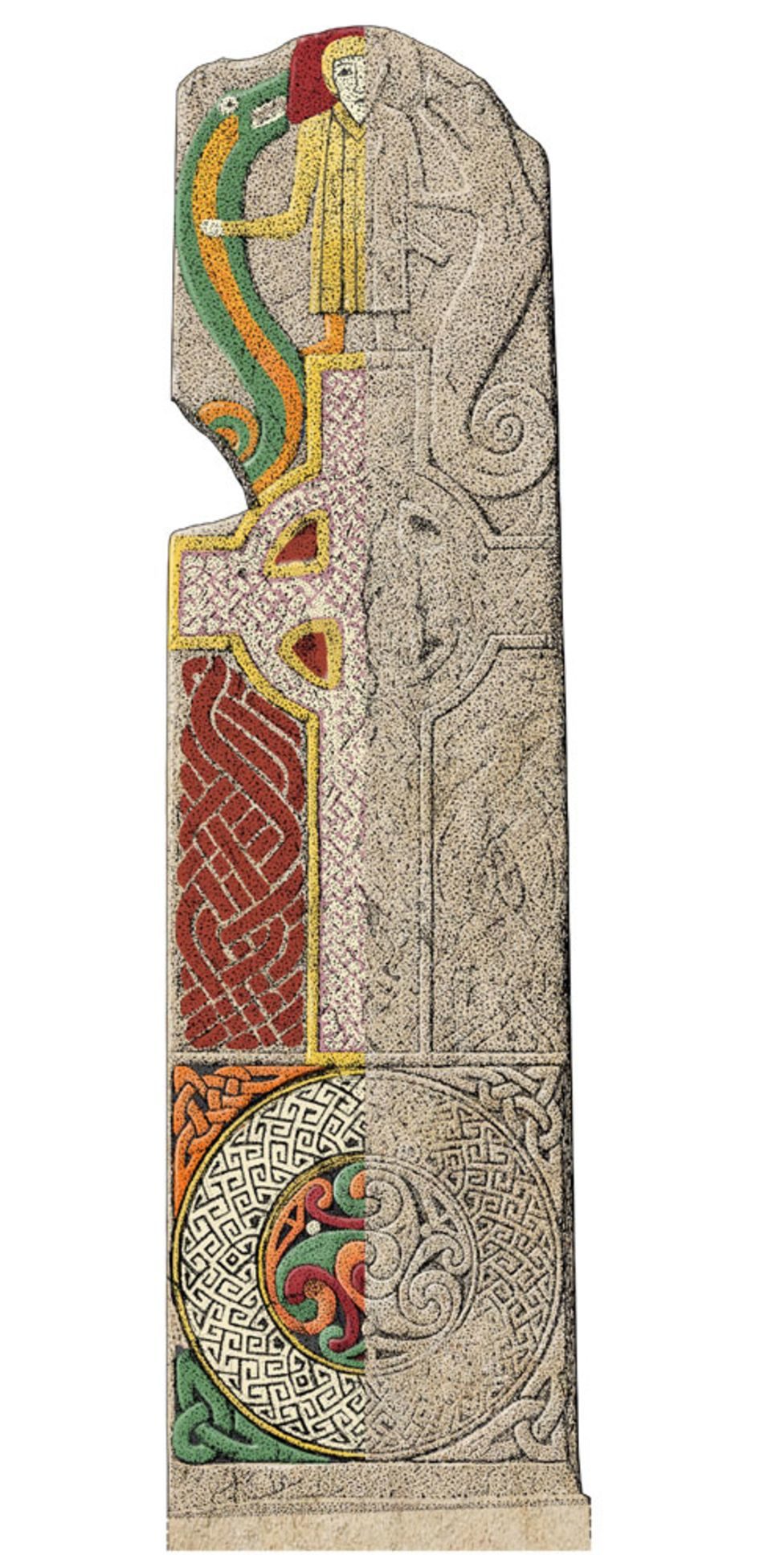
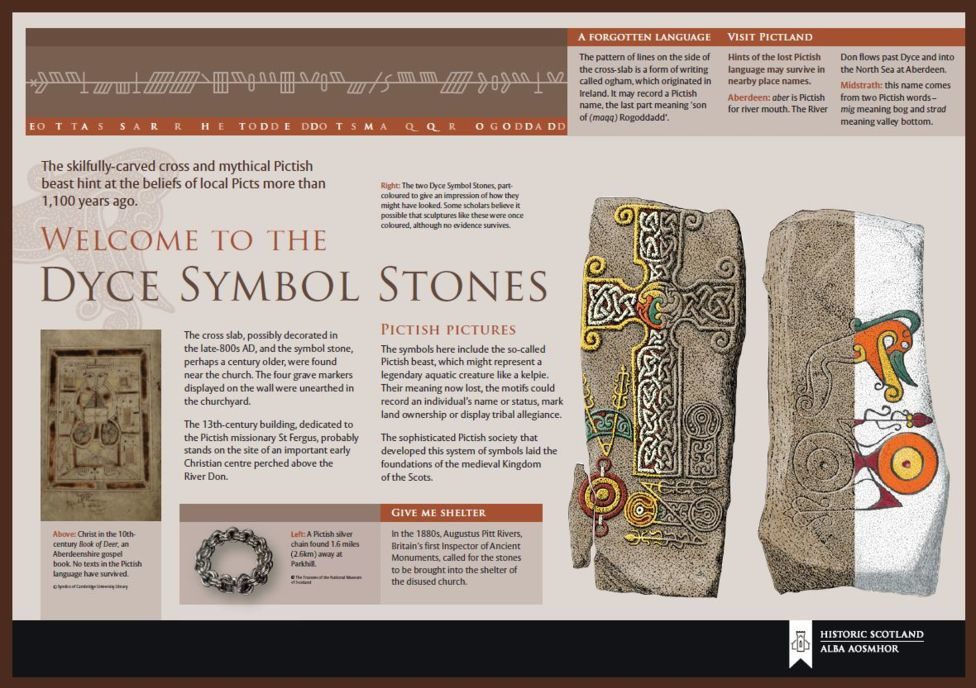
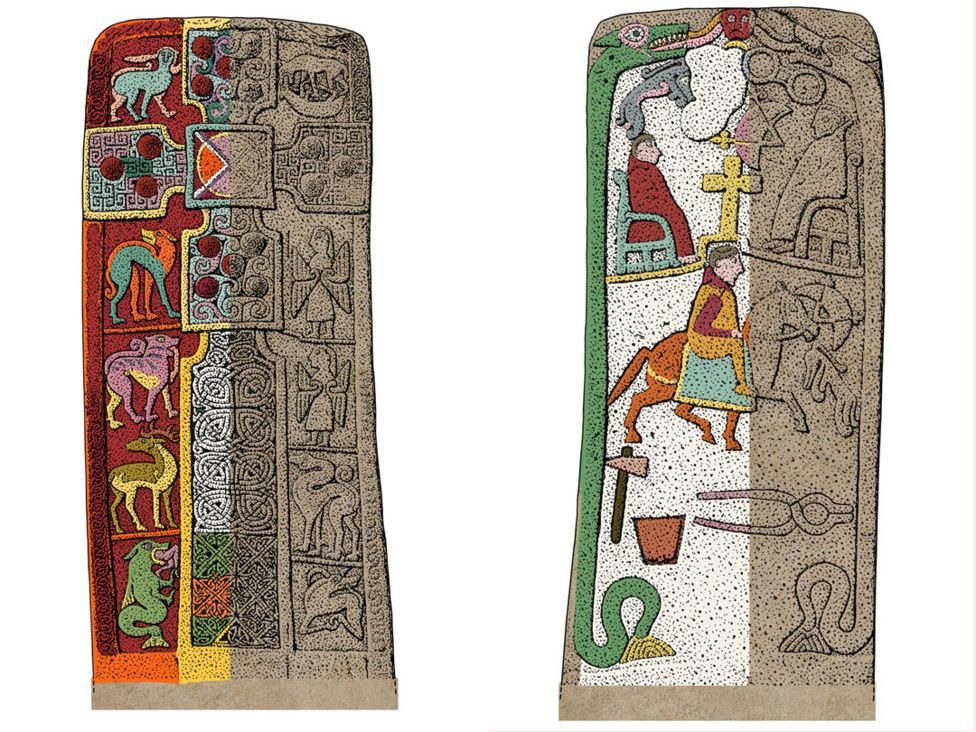



Comment: The Little Ice Age, which began in the 1300s, drastically affected climate across the planet. European records attest to how these changes led to a massive loss of life there too. And so it's likely that this contributed in large part to the demise of the Maya.
See also:
- Hundreds of skulls reveal scale, skill, and the history of human sacrifice in Aztec capital
- New finds reveal Mayan elite lived in Teotihuacan, "City of the Gods" - 1000km from center of civilization
- Lasers reveal 60,000 ancient Mayan structures hidden in Guatemalan forest
- Soil hasn't recovered from ancient Mayan forest clear-cutting
- Did Drought Kill the Mayans?
And for more information on why what we're witnessing on our planet today bears some relation to what was occurring back then, check out SOTT radio's: Behind the Headlines: Earth changes in an electric universe: Is climate change really man-made?